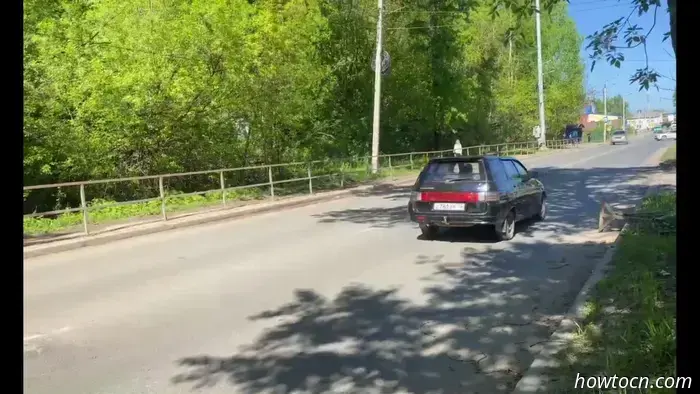
Shadow puppetry (皮影戏 píyǐngxì), also referred to as “shadow play” or “lamp shadow play,” is an ancient type of folk theater that utilizes puppets made from animal hides or cardboard to narrate stories. These puppets are controlled behind a translucent screen, with performers delivering tales in local dialects, accompanied by traditional music played on percussion and string instruments. Deeply rooted in rural Chinese culture, shadow puppetry embodies the spirit of folk traditions and boasts a rich and varied history.
Dating back over two thousand years, shadow puppetry is recognized as one of China's oldest performing arts. Its origins can be traced to the Western Han dynasty, prospering during the Tang dynasty, and reaching its height in the Qing dynasty. The art form later spread to West Asia and Europe in the Yuan dynasty, illustrating its broad influence.
Numerous legends are associated with the origins of shadow puppetry. A well-known tale connects the art to the military tactics of King Wu of the Zhou dynasty, who allegedly utilized shadows to deceive foes during a siege. According to legend, King Wu's general, Huanglong Zhenren, cast shadows on a paper-covered city gate to mislead the enemy into believing the city was strongly defended, thus averting conflict. Some accounts even link shadow puppetry's beginnings to the Spring and Autumn period, recounting stories of Confucian disciple Zixia producing shadow plays in the state of Wei to draw audiences to his teachings. However, these narratives are primarily folklore and lack historical evidence.
The distinctive charm of shadow puppetry lies in its variety. The puppets differ significantly by region, showcasing variations in materials, designs, and techniques. For instance, puppets in Guangdong and Hunan are generally made from paper, whereas those from Tangshan in Hebei and Gaizhou in Liaoning are often crafted from donkey hide. Puppets from Zhejiang utilize goat skin, while in Xiaoyi, Shanxi, both sheep and cow hides are employed. Each region adds its unique artistic flair to the craft, evident in the color schemes, puppet designs, and dynamic storytelling approaches.
In terms of appearance, puppets from various areas exhibit different facial designs. Puppets from Langzhong in Sichuan province feature oval faces with flexible facial features and clothing patterns inspired by local northern Sichuan designs, often emphasizing abstract representations. On the other hand, puppets from Haining in Zhejiang province typically have round faces with side profiles, appearing more realistic and less exaggerated.
The techniques for creating shadow puppets also differ across regions. In Shanxi, for example, artisans use plant-based dyes to achieve vibrant colors like bright red, green, and apricot yellow. Conversely, shadow puppets in Lufeng, Guangdong Province, often utilize a more limited palette of red, black, and green. Artisans in Zhejiang usually carve puppet outlines first before applying colorful paints in shades of blue, red, black, and yellow.
The musical styles that accompany shadow puppetry performances are as varied as the puppets themselves. In Haining, performances are set to the rhythms of “Yiyang” and “Haiyan” operatic tunes, featuring traditional southern Chinese instruments such as the dizi (flute), suona (double-reed horn), and erhu (two-stringed fiddle). In contrast, performances in the Jianghan Plain region incorporate “chicken crowing” and “fishing drum” melodies filled with local character. In northern regions like Hebei, unique vocal techniques are showcased, with some styles highlighting guttural throat singing.
China's intricate geography has influenced the evolution of shadow puppetry into a dynamic and varied art form. Even within a single province, different areas may exhibit completely distinct styles. For example, in Hebei, the shadow puppets from Zhuozhou stand about 50cm tall and are painted without tung oil, while those from Luan County are smaller and painted with tung oil, accompanied by scripts during performances. This regional diversity enriches the colorful fabric of Chinese shadow puppetry, reflecting the country's varied cultural legacy.
Today, shadow puppetry remains a treasured and vibrant art form in China. Its history, filled with myths and cultural significance, continues to develop, ensuring this ancient tradition is preserved for future generations. With a blend of visual art, music, and storytelling, shadow puppetry exemplifies the lasting creativity and cultural depth of Chinese folk arts.



Dating back over two thousand years, shadow puppetry is regarded as one of the oldest forms of performing arts in China.